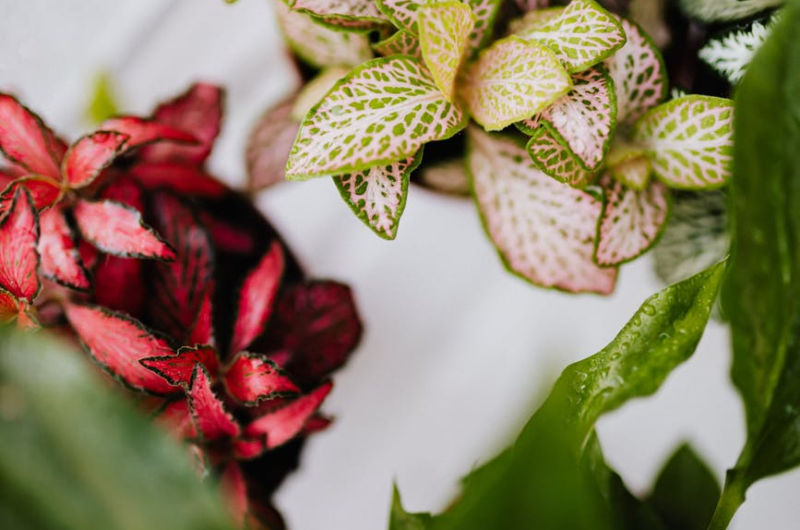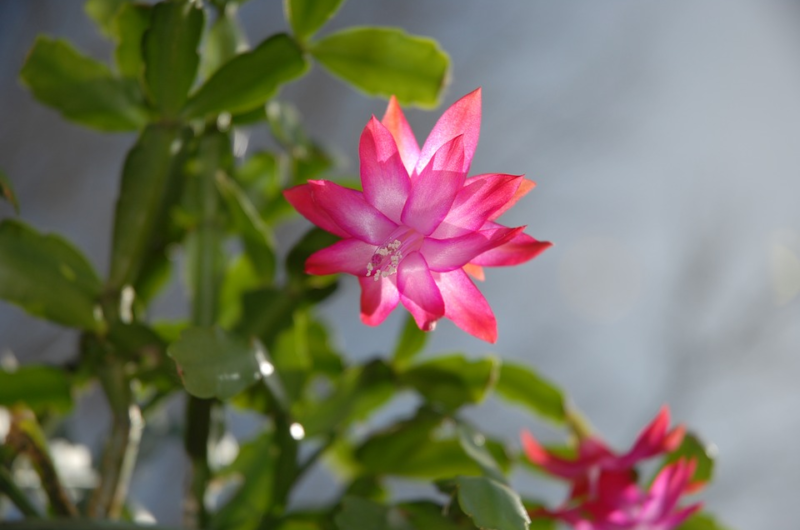Growing plants indoors during the winter months can help brighten the bleakest days and bring your space to life. With cold temperatures and inconsistent heating and airflow, it’s important to look for indoor plants that can withstand the elements.
Here are some of the best indoor plants for the fall and winter.
Lemon Mint
Lemon mint boasts a fresh, clean smell that will help offset the stale winter air. This plant is great to have on hand when opening the windows isn’t an option. You can use this versatile herb for baking, cooking, mixology, and even to make DIY chemical-free cleaning supplies.
Consider growing this plant in the kitchen to make it more accessible and useful. You can check out a fantastic article on how to grow lemon mint from seed. This plant makes for a great holiday gift to make your friends’ winter days a little brighter.
Air Plant
Air plants are one of the most unique house plants. This plant can grow literally anywhere without requiring soil. You can set it in a seashell, wooden block, or anything else that fits your decor scheme.
These plants are easy to care for and thrive in the bathroom, where they’ll absorb humidity from the air. This plant likes cooler temperatures and bright light and will do well in front of a north-facing window. To water, this unique plant, place it in a bowl of room temperature water every two weeks and let it soak for 10-15 minutes.
Nerve Plants
Nerve plants are named for the delicate nerve-like pattern on their leaves. These plants do well with infrequent watering, making them low-maintenance and beginner-friendly. Nerve plants thrive in tropical environments, making them ideal for bathrooms and in terrariums with plenty of light.
This easy-to-care-for plant is ideal for winter as the bright green leaves and veins add texture and dimension to any room.

Hoya Hearts
Sometimes called the Hoya Kerri or Sweetheart Hoya, this succulent is a perfect Valentine’s Day gift. The heart-shaped leaf grows upright when planted as a single cutting. As it grows, you can transfer this beauty to a hanging basket for a whole bouquet of green hearts.
This plant does well in lower light conditions, making it ideal for a living room or north-facing window. It also does well in cooler air, giving it the hardiness it needs to thrive in the winter. As the Hoya is a succulent, it only needs water a couple of times per month and requires adequate drainage to prevent root rot.
Christmas Cactus
It should come as no surprise that a Christmas cactus is the perfect winter plant. Keep this plant in sandy soil and water infrequently while misting the leaves daily. Place this plant in a window for bright light with some direct sun.
Despite loving the desert climate, the Christmas cactus does well in the winter. It’s a hardy plant that goes through a dormant period and can add a pop of color during the winter months.

Red Aglaonema
This beautiful plant thrives in low light conditions and boasts stunning red and green leaves that are perfect for the winter season. If your plant is getting too much or too little sunlight, it will communicate the issue through its leaf coloration. Dark, rich colors mean that the Red Aglaonema is getting the perfect amount of light. Lighter, faded colors mean that it could use some extra TLC.
Mist the leaves regularly to keep the Red Aglaonema happy, and put it out of reach of plants and children.
Corn Plant
Corn plants are a cousin to the popular Dracaena Marginata, or Dragon Tree. This particular plant has been a fan favorite for indoor growth since the 19th century. It’s low maintenance, and high tolerance, making it ideal for changing seasons and neglectful plant owners.
This plant prefers placement in a bright room away from the window, as direct light can hurt its leaves. During the winter, this plant only requires watering every couple of weeks. Mist the plant frequently and trim away yellow tips, which are caused by chemicals in the water.
Clivia
Clivias are a beautiful winter plant that prefers cooler temperatures and bloom in February. This stunning asset to your interior decor boasts vibrant red blooms and does well with minimal care.
Place your clivia in bright, indirect light and use well-draining soil for the best results.
Adding these plants to your home can bring your decor to life during the cold winter months.

